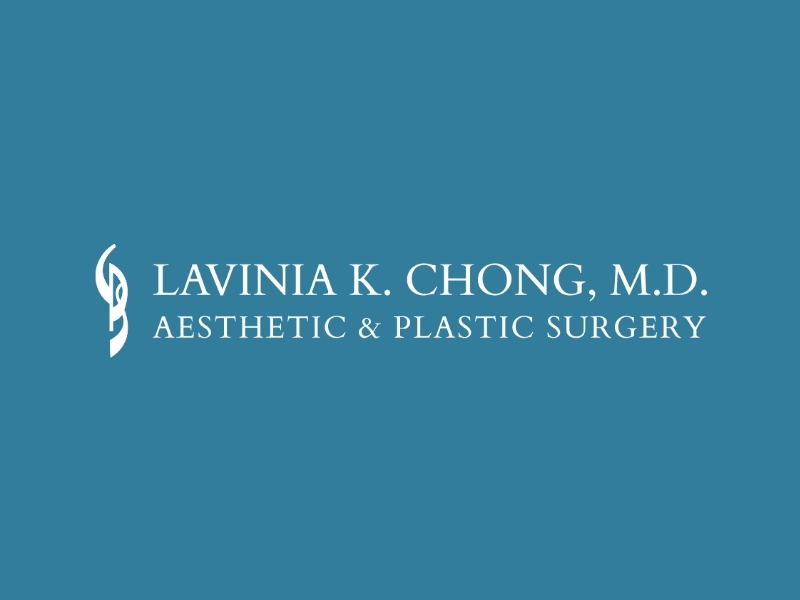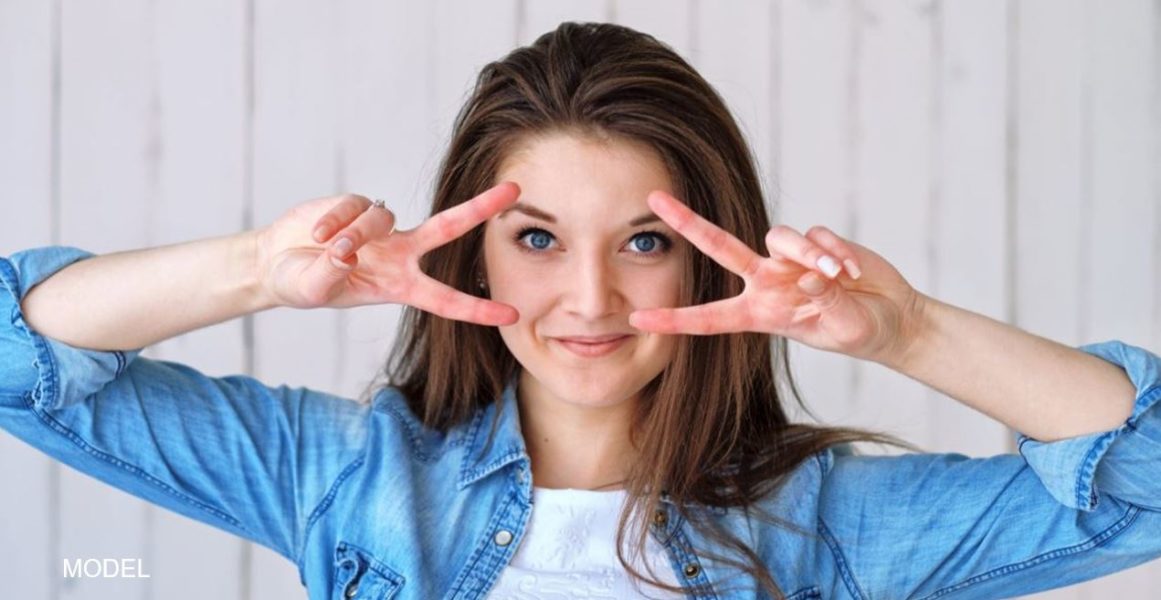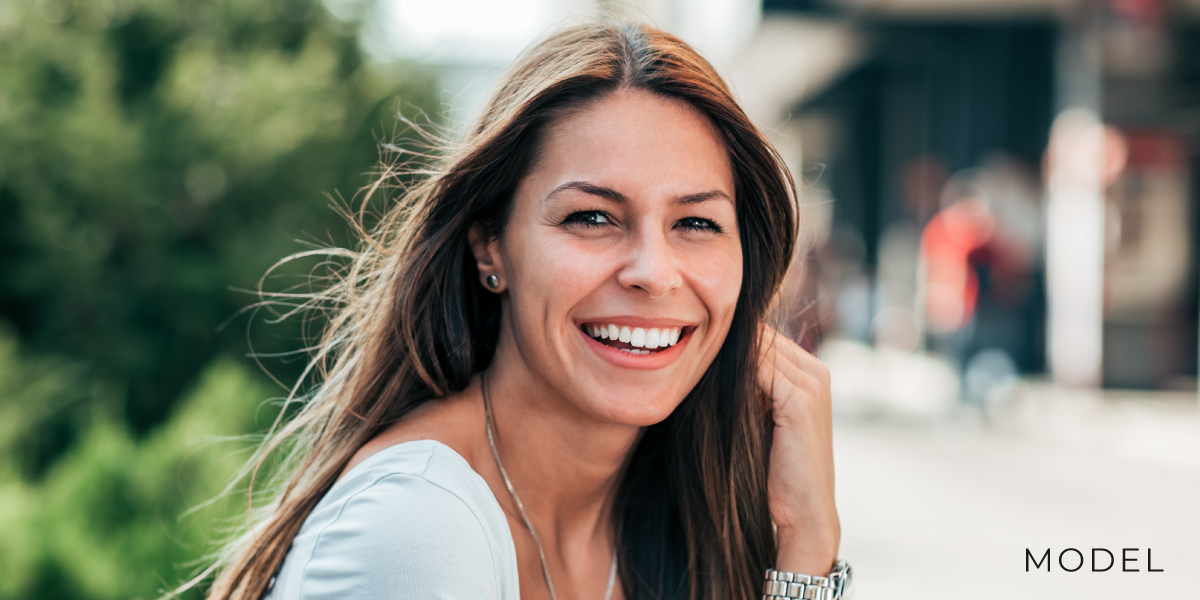(Wo)man has been fascinated with cosmetic alteration since time immemorial. Societal trends suggest how we should look, behave, etc and the cult of ageism has driven more patients to our clinics, searching to maintain endless youth. Somewhere how we look became equated with how effective we are but the trend seems to be inexorable. As a teenage daughter & P/T employee of a Plastic surgeon, I would help look after his facelift patients who looked their age when they chose to have surgery; apart from inheriting good genetics and being experienced with makeup, there were relatively few options. Fast forward to the late 20th century proliferation of skin care, neuromuscular toxins, lasers, improved nutrition and lifestyles, patients are choosing how they “age”. Contrary to what many believe, surgical rejuvenation has not been completely eclipsed by Med Spa procedures. The paradigm has shifted. Today’s patient is healthier, younger, seeks a comprehensive plan, wants it now rather than later and has done their “homework”, prior to consulting. My patients do not want their grandmother’s facelift.
Physical Findings:
The components of panfacial aging start from the outside and extend to the deep. Skin is the most superficial layer, where the influence of too much sun may be manifest by dyschromias (solar bronzing, spider veins, sun spots), loss of luster, fine wrinkles and crepiness. Facial fat undergoes variable resorption, proliferation and descent, resulting either in gauntness, shadows and folds, double chins and/or jowls. Muscles of facial expression can stretch out, create unsightly neck cords, chin cobblestoning and lower lid festoons which are literally “bags” overlying the cheeks. Even the deepest structure, the facial skeleton changes, resulting in bony hollows, flatter upper lips, loss of vertical height of both the upper and lower jaws which in turn reduce the necessary support for overlying soft tissue.
Goals:
Patients are realistic with expectations and understand that aging continues, if we are lucky. Most insist that they want to “look like themselves, better but not look like they have had work done”. To accomplish these objectives, review of old photographs is essential to identify where the changes have occurred and to serve as the basis for surgical planning. The art of facial rejuvenation depends on the holy triumvirate: 1. making the correct preop diagnosis & communicating the information about the procedure to the patient so they can render an informed choice; 2. impeccable intraop surgical technique; 3. careful follow-up. Armed with a full knowledge of the patient’s psychological and emotional motivations as well as health conditions, our team supports all aspects of their recovery.
Facial rejuvenation can include facelifts, necklifts, fat grafting, eyelid, browlifts, chin implants; the package depends on how the patient presents. The preop appointment includes reviewing screening (labs, EKG), signing consent forms, photography and prescribing post-op analgesics and is conducted 2-3 weeks before the operation; you are encouraged to come with questions.
The procedure is scheduled under IV sedation in the office based surgical suite which is accredited by AAAASF (American Association for Accreditation of Ambulatory Surgical Facilities) and staffed by Board Certified Anesthesiologists and a carefully curated corp of Registered Nurses and Certified Surgical Technicians. Every contingency for safety, comfort and excellent outcomes is anticipated and provided. Operative times range from 4-6 hours. Follow-up appointments are scheduled on postop days 1, 3, 7, 14 and as needed to support optimal healing.
An individual’s face is perhaps the most visible part of their history, so the decision to arguably “improve” any of its features is a deeply personal one. We invite you to make a consultation, during which you can get to know us and we can better understand your individual objectives.




